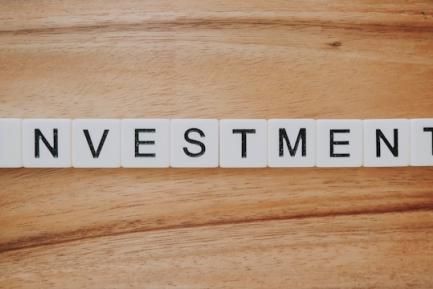The two sides of the Spanish economy
Beyond the aggregate growth data and the reading of the short-term indicators, we must continue to recall that the quality of growth is just as important as its quantity, if not more so.

Spain’s economy has been performing better than expected for several quarters now and could continue to do so. In an adverse economic and geopolitical context that has had a negative impact on many economies, Spain’s GDP growth ended 2023 well above expectations and surpassed that of most developed countries, and today it stands 2.9% above the level of 2019, in line with the euro area as a whole. This is a remarkable performance and one that we have been highlighting in the pages of our Monthly Report.
Despite the good data, 2024 began with the prediction that economic growth would likely slow at the start of the year before gradually gaining traction, especially during the second half. The end of the inflationary pressures and the expected reduction in interest rates should facilitate this. However, the positive surprises have not stopped coming. The economic activity indicators are not showing any signs of weakness and neither is the labour market; rather, quite the opposite is true. In Q1 2024, the number of registered workers affiliated with Social Security rose by 0.7% quarter-on-quarter, almost double the growth rate recorded in the final tranche of last year. In fact, the rate of job creation is the same as that recorded in Q1 2023. Then, GDP grew by 0.5% quarter-on-quarter; for Q1 2024, CaixaBank Research’s forecast scenario foresees an increase of 0.3%, so it seems that the risks are skewed slightly to the upside.
Beyond the aggregate growth data and the reading of the short-term indicators, we must continue to recall that the quality of growth is just as important as its quantity, if not more so. In this regard, the message is less positive. One simple way to illustrate this is by looking at the evolution of GDP per capita. In 2014, when Spain began to recover from the financial and real estate crisis, GDP per capita was 17 pps below that of the euro area. This gap barely narrowed at all in the following years and in 2020, with the outbreak of the pandemic, the gap widened suddenly and substantially to 22 pps. Since then it has been gradually shrinking, but it still remains significant, at 15 pps.
Spain’s economic growth has been accompanied by a notable increase in its population, which helps economic activity to grow at the aggregate level. However, if this growth does not go hand in hand with an increase in productivity, it will be difficult for Spain’s GDP per capita to converge with that of Europe. More importantly, it will be difficult for the population to perceive improvements in their standard of living.
When assessing the growth capacity of Spain’s economy in the medium and long term, the message does not invite much optimism either. An article in this very report analyses one of the key factors, the capacity for innovation, and finds that Spain’s economy falls well short its European partners and that the gap has barely narrowed in recent years. Education, the small size of our companies and innovation are some of the key areas in which we need to improve.
In this context, it should come as no surprise to hear that the growth capacity of Spain’s economy could lose momentum in the coming years. Another article this month adds figures to this statement. In particular, it estimates the potential GDP growth in the medium term and places it at 1.3%, in line with the estimates of other leading institutions. This is a slower pace of progress than that achieved in recent years, with the average growth rate between 2000 and 2023 being 1.7%. In any case, growth could increase if reforms are implemented in certain specific areas. If we succeed in reducing the structural unemployment rate such that jobs can continue to be generated in the coming years, and if investment, which has been very weak for a long time, can be revived, then growth could remain close to or even surpass that of recent decades. These are the two sides of the Spanish economy.



